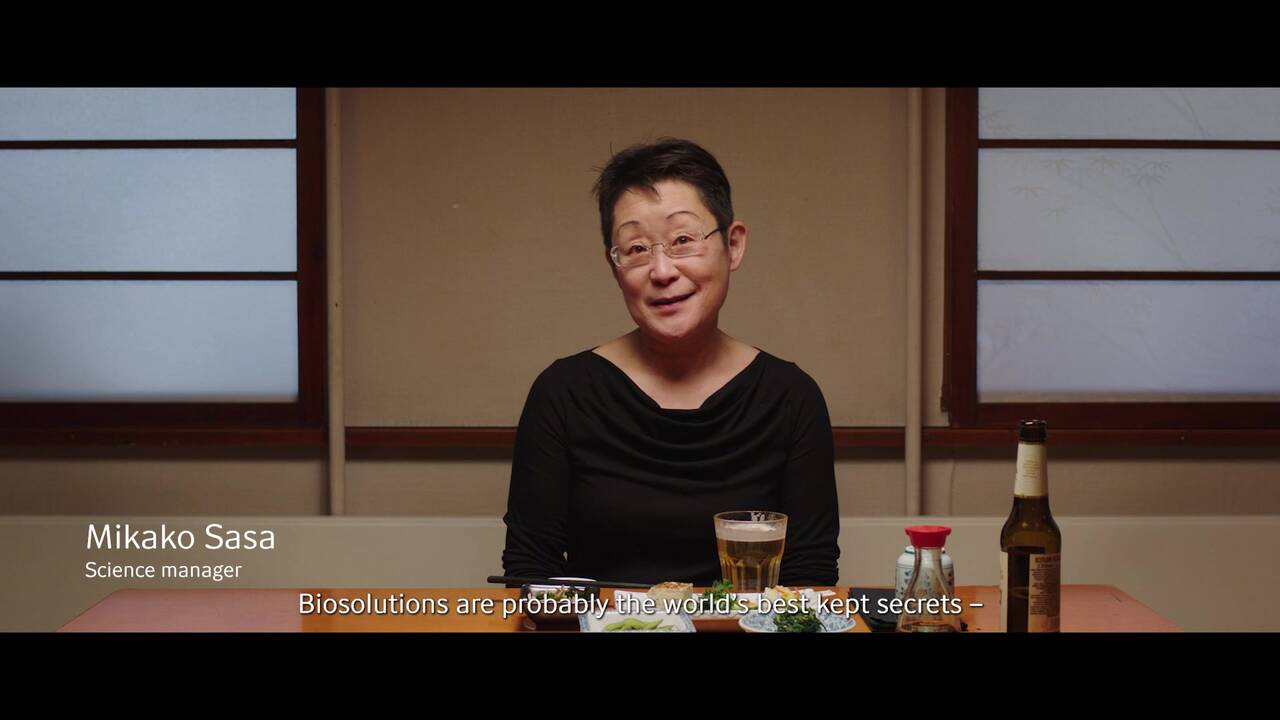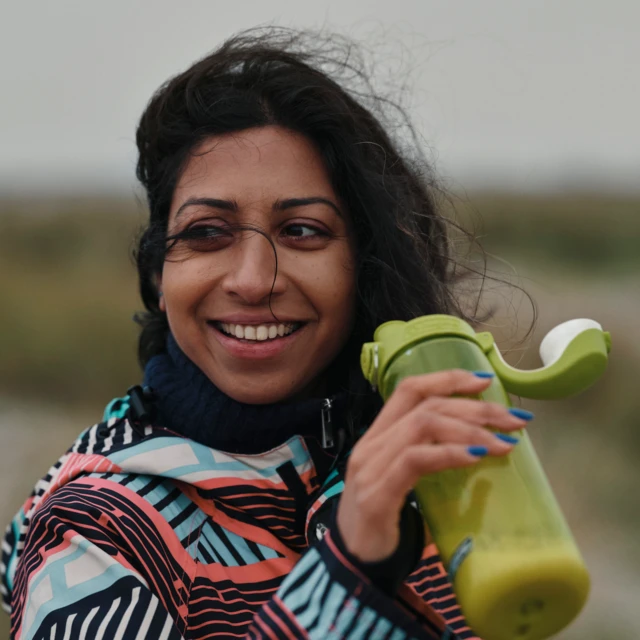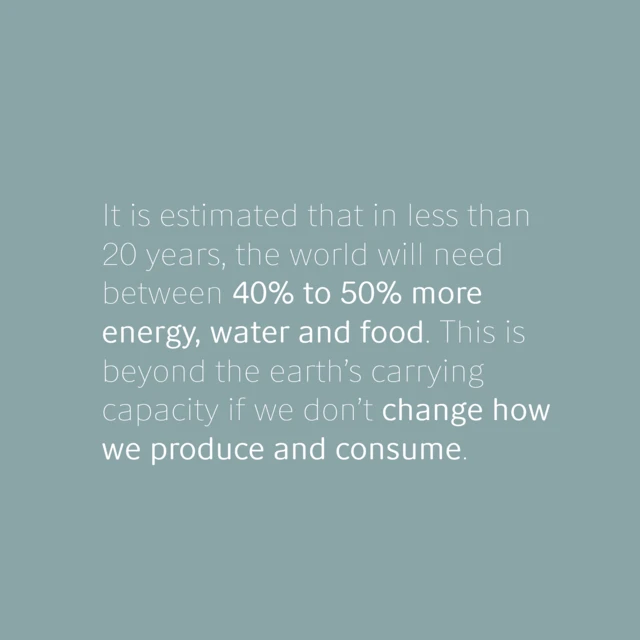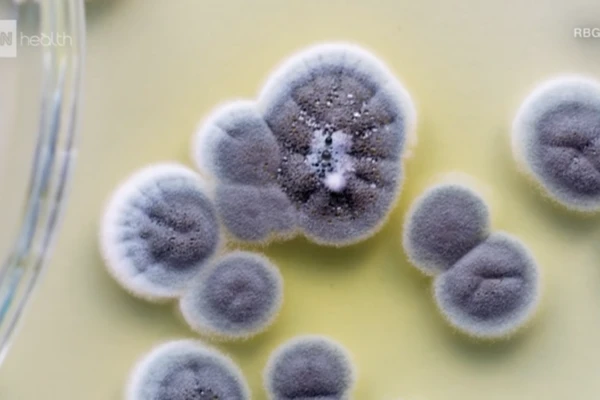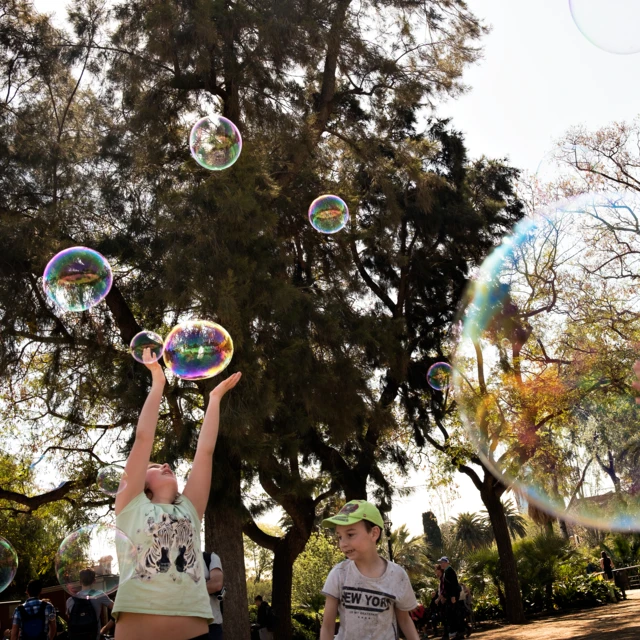Try to put yourself in the shoes of someone living in 1900. Could you, in your wildest dreams, imagine that there would be a man on the moon in your lifetime? Or that air travel would be a part of everyday life for so many? Looking back, it’s easy to see how a person would have difficulty seeing that moment for what it was – a time on the brink of a technological revolution, much of it made possible by fossil-based resources. We too, are living in a transformative time – now driven by the power of biotech.
Biosolutions have the power to transform today’s industrial processes, how we produce food and how we enable healthier lives. Common to biosolutions is that they provide higher production output, savings in raw materials, water and energy, lower greenhouse gas emissions and cleaner, smarter, safer production.
So when we talk biosolutions, we’re talking about cutting-edge, viable and more sustainable solutions. Biosolutions enable us to create better business and better lives for all of us, while protecting the planet that we love.
